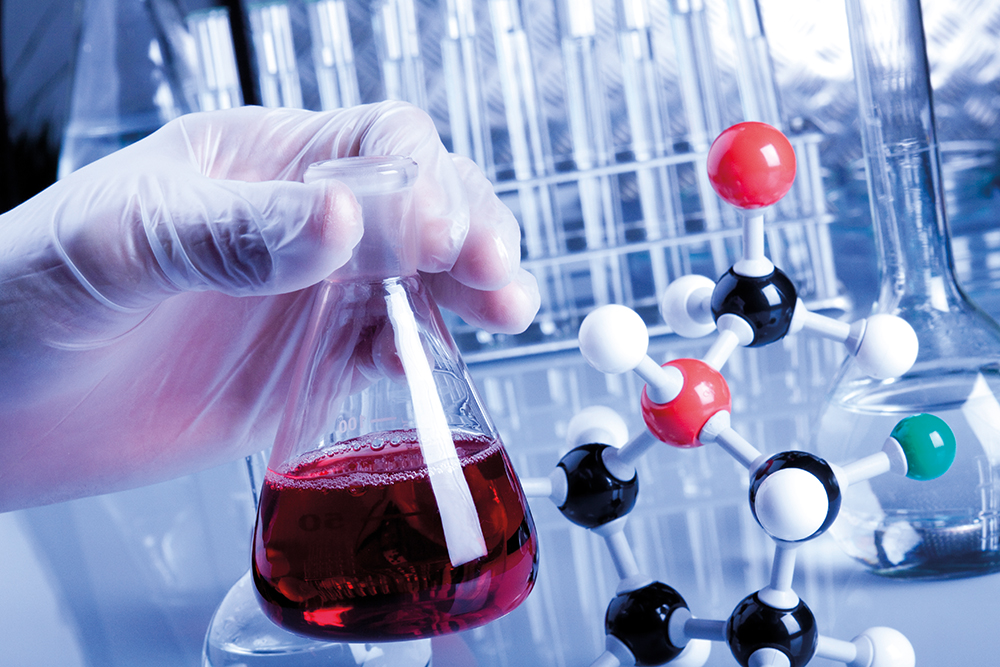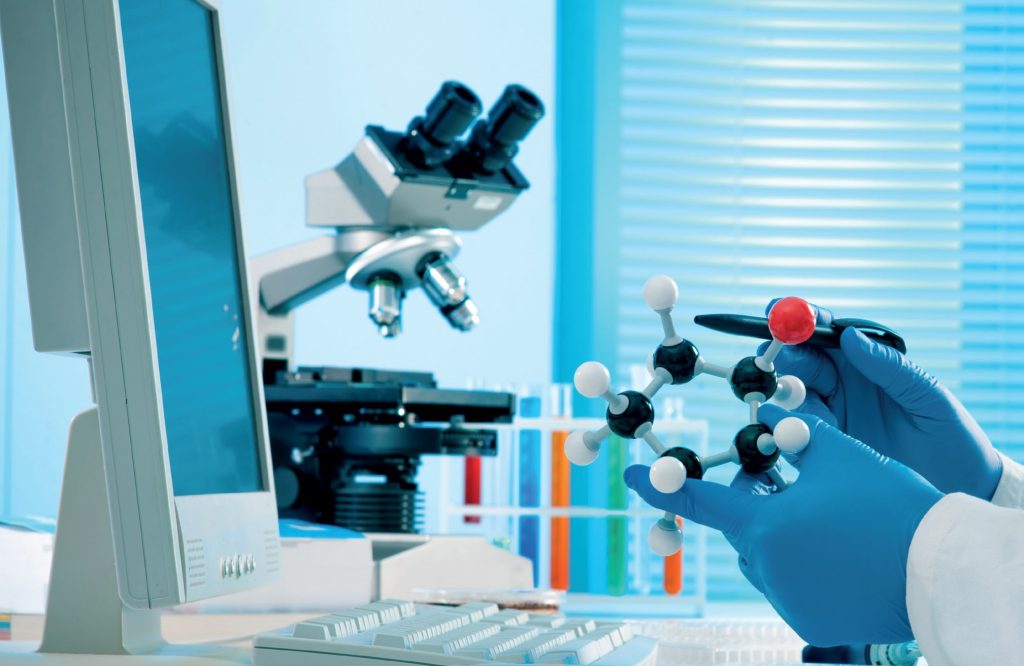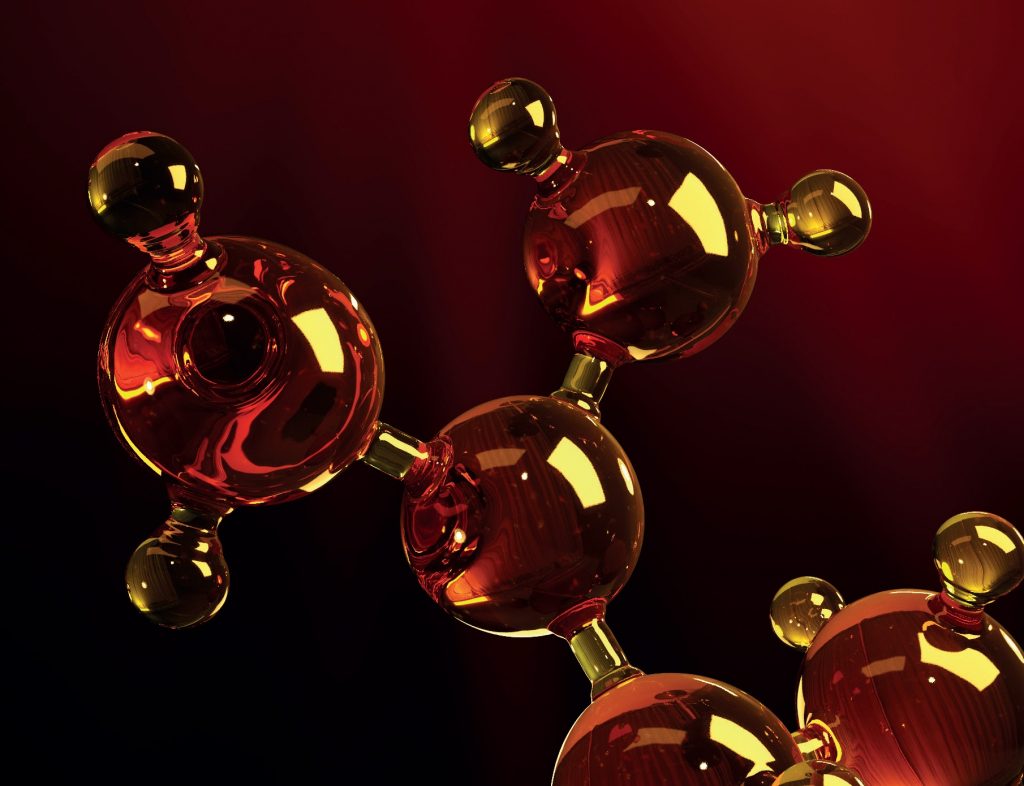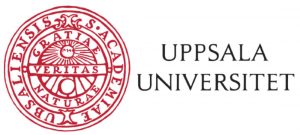Dr Oscar Verho – Optimising Carbon-hydrogen Bond Activation for Efficient Organic Synthesis
Choosing which drug molecule to build is only one part of pharmaceutical research; medicinal chemists also need to know how to synthesise drug molecules in an efficient and cost-effective manner. Dr Oscar Verho and his team at Uppsala University in Sweden have made significant progress in this area and are aiming to reduce the time and resources needed to make drug compounds. The team is researching methods to ‘activate’ the carbon-hydrogen bonds that are commonly found in organic molecules to ultimately shorten the synthetic route to the required compound.
Building Drug Compounds in Fewer Steps
The synthesis of drug compounds almost always involves multiple steps, and therefore requires a lot of thought. The synthetic procedures for these chemicals must be economically viable and result in minimal chemical waste.
Each intermediate step of a synthetic pathway involves the incorporation of atoms at a specific site of the molecule. This iterative process continues until the final product is built. At the end of each step, the reaction mixture is usually purified, requiring solvents and other chemicals, before being analysed to confirm its structure and purity. Overall, the synthetic process can be long and complex.
Nearly all organic compounds contain both carbon and hydrogen atoms, often bound to one another in carbon-hydrogen bonds. In many synthetic methods, chemists prefer to directly swap a hydrogen atom in an organic compound for another atom or group of atoms. Unfortunately, this is not easy to achieve because carbon-hydrogen bonds are quite unreactive, and so are difficult to break. Furthermore, many molecules are made up of several carbon-hydrogen bonds, which means that a synthetic procedure must also be selective for a specific carbon-hydrogen bond.
For the past two decades or so, chemists have developed efficient methods that exchange hydrogen for the desired atom or group of atoms in a few steps. Dr Oscar Verho and his team from Uppsala University in Sweden are part of a community of chemists who develop methods that aim to substitute hydrogen atoms more directly from carbon-hydrogen bonds.
Carbon-hydrogen bonds, hereinafter referred to as ‘C-H bonds’, are difficult to break. Dr Verho’s research attempts to resolve the unreactive nature of the C-H bond by temporarily changing the chemical structure of the molecule by introducing a chemical group near the bond.
‘Introducing this so-called “directing group” works as a guide for a catalyst, pointing it to a specific C-H bond,’ explains Dr Verho. The catalyst can then break the C-H bond, in a step known as ‘activation’, allowing the chemist to replace the hydrogen atom with another atom or group. ‘However, as the directing group itself has no value in the product, it often must be removed afterwards, which constitutes another important chemical step for which new synthetic methods are needed,’ Dr Verho adds.

Detaching the Directing Group
Central to Dr Verho’s work presented here is an organic compound known as ‘8-aminoquinoline’, abbreviated as AQ, which is composed of a ring-like structure of carbon, hydrogen and nitrogen atoms. The team’s plan is to incorporate AQ as a directing group, use it to mediate the substitution of the hydrogen atom of the C-H bond, and then remove it.
It is already known that AQ can facilitate the activation of C-H bonds and greatly simplify the processes through which organic compounds are built, particularly drug molecules. Techniques to remove the AQ group from the molecule, once the hydrogen atom has been replaced, have also been developed, but these methods are often harsh and can sometimes lead to the precious molecules breaking down. Before developing new AQ-based methods for the C-H bond activation of unexplored drug-like compounds, Dr Verho and his group first looked at the latter stages of the overall pathway, that is, the removal of AQ.
An arrangement of bonded atoms known as the ‘amide’ group is commonly found in many drug molecules. Both amide and AQ groups contain nitrogen. As such, AQ can connect to the amide group through its nitrogen atom. Substituting the nitrogen-containing AQ group with a different nitrogen-containing group (for example, an amine compound) breaks the link between AQ and the amide, freeing AQ from the molecule and forming a new amide bond with the incoming nitrogen-containing group. Gratifyingly, Dr Verho’s team showed how AQ could be substituted and removed under mild reaction conditions to form many new types of amide compounds that are useful in medicinal chemistry.
Overall, the team’s work produced some very encouraging results, demonstrating that AQ can be removed from a wide range of compounds that had been subjected to C-H activation.

AQ as a Viable Director
Dr Verho’s research team continued their pursuit of simpler and more efficient synthetic methods by using AQ to assist in the activation of the C-H bonds in compounds derived from a class of chemicals known as ‘terpenes’. Terpenes are readily-available and inexpensive organic compounds derived from turpentine which can be sourced from wood pulping processes. To chemists, terpenes are considered a natural source of ready-made, structurally diverse organic compounds that contain atoms arranged in interesting ring shapes. Terpenes are useful in the pharmaceutical industry, and in the production of fragrances and polymers, among other compounds.
Using a terpene named verbenone, the Verho group could produce a molecule containing a ring of four carbon atoms, called ‘cyclobutane’. Each carbon atom in a cyclobutane ring is usually bonded to at least one hydrogen atom. However, many sought-after compounds are composed of a cyclobutane ring bonded not to hydrogen, but to other atoms. Synthesising such compounds is unfortunately quite challenging, as it requires complex reactions involving C-H activation to be carried out. Dr Verho’s team was particularly interested in the potential for AQ to help in the activation of the C-H bonds of cyclobutane, enabling them to substitute the hydrogen atoms for other groups under mild conditions.
Dr Verho and his group started with the major components of turpentine and followed a five-step process to produce a compound containing both a cyclobutane ring and an AQ group. With this compound in hand, the team attempted to substitute a hydrogen atom bonded to the cyclobutane ring with other ring-containing organic groups. Much to their delight, the researchers found that they could activate a specific C-H bond in cyclobutane using a palladium catalyst with the aid of AQ, allowing for a range of ring-containing groups to be introduced in the place of the hydrogen atom.
The products obtained by the team also exhibited another noteworthy property – that of ‘stereoselectivity’. If two or more products have the same number and types of atoms and bonds, but these atoms and bonds are arranged in different ways, then the molecules are distinct, and can have different properties. These different variations of a molecule are known as ‘stereoisomers’.
What is impressive about Dr Verho’s findings is that their synthetic method resulted in the production of one specific stereoisomer. The preferential production of one stereoisomer over the other is commonplace in nature, but is quite difficult to control in the laboratory. Indeed, there are lots of examples of pharmaceuticals where only one stereoisomer will lead to a required medicinal response.
‘In this project, we made use of ozone to activate the AQ so it could be removed under mild conditions using dimethylsulfide and ammonium hydroxide,’ says Dr Verho. In this way, his team was also able remove AQ in a series of steps at temperatures no higher than room temperature, converting and recovering 65% of the maximum possible amount of product.

One-pot Reactions
Another commonly occurring organic structure found in pharmaceuticals is ‘benzofuran’, a ring structure of carbon, hydrogen and a single oxygen atom. Following the success of their work with AQ-assisted activation of C-H bonds in cyclobutane, Dr Verho and his team investigated the application of AQ towards C-H bond activation in benzofurans.
Dr Verho’s team proceeded to bond AQ to a benzofuran-containing compound through an amide group. The newly incorporated AQ group can guide a palladium catalyst to activate the C-H bonds of benzofuran for subsequent hydrogen substitution. ‘Similar reactions to introduce ring-containing groups like in the case of cyclobutane could be done for benzofuran as well,’ says Dr Verho. ‘This showcases the generality and power of the 8-AQ C-H activation approach, as it can be carried out in high efficiency on many, vastly different organic compounds.’ The amide link between the benzofuran and the AQ also provided the team with an easy way to remove the AQ.
The removal of AQ and the formation of the final AQ-free product requires two stages. Instead of carrying out each stage independently, Dr Verho’s team performed both stages in the same reaction vessel, as a so-called ‘one-pot’ procedure. Essentially, the starting compounds for the first stage are mixed together, and after a certain time has passed, those for the second stage are added. The team found that the one-pot process could be completed in less than 11 hours and resulted is yields of over 60% after both stages. This approach saves time and minimises waste.
Dr Verho and his team have made considerable advances concerning the activation of C-H bonds, and developed strategies where the directing group, AQ, can be readily attached and detached when required. Their one-pot synthesis also makes AQ removal simpler to execute, and provides access to a range of interesting amide compounds. Evidently, their work will benefit all sorts of chemical industries, particularly pharmaceuticals, allowing for the efficient production of drug intermediates.
Reference
https://doi.org/10.33548/SCIENTIA617
Meet the researcher

Dr Oscar Verho
Department of Medicinal Chemistry
Uppsala University
Uppsala
Sweden
Dr Oscar Verho earned his PhD in Organic Chemistry from Stockholm University in Sweden. Following this, he worked as a Researcher at the same university and then moved to the Broad Institute of MIT and Harvard in the US to take a position as a Postdoctoral Research Fellow. He then returned to Stockholm University for three years, before moving to Uppsala University, where he currently works in the Department of Medicinal Chemistry. Dr Verho’s research group focuses on the development of novel synthetic methodologies that can be used for the preparation of biologically active compounds and structurally diverse compounds. Throughout his career, Dr Verho has presented his work in numerous countries around the world, including the US, Australia, Japan and across Europe.
CONTACT
E: oscar.verho@ilk.uu.se
W: https://www.verholabs.com/group-leader
KEY COLLABORATORS
Prof. Jan-Erling Bäckvall, Department of Organic Chemistry, Stockholm University
Prof. Björn Åkermark, Department of Organic Chemistry, Stockholm University
Prof. Anders Karlén, Department of Medicinal Chemistry, Uppsala University
Prof. Markus Kärkäs, Department of Chemistry, Royal Institute of Technology, Stockholm
FUNDING
Wenner-Gren Foundations Fellow Program
Olle Engkvist Foundation
Magnus Bergvall Foundation
Futura Foundation
FURTHER READING
O Verho, MP Lati, M Oschmann, A Two-Step Procedure for the Overall Transamidation of 8-Aminoquinoline Amides Proceeding via the Intermediate N-Acyl-Boc-Carbamates, The Journal of Organic Chemistry, 2018, 83, 4464.
AJ Schmitz, A Ricke, M Oschmann, O Verho, Convenient Access to Chiral Cyclobutanes with Three Contiguous Stereocenters from Verbenone by Directed C(sp3)-H arylation, Chemistry A European Journal, 2019, 25, 5154.
M Oschmann, LJ Holm, M Pourghasemi-Lati, O Verho, Synthesis of Elaborate Benzofuran-2-Carboxamide Derivatives through a Combination of 8-Aminoquinoline Directed C–H Arylation and Transamidation Chemistry, Molecules, 2020, 25, 361.

Want to republish our articles?
We encourage all formats of sharing and republishing of our articles. Whether you want to host on your website, publication or blog, we welcome this. Find out more
Creative Commons Licence
(CC BY 4.0)
This work is licensed under a Creative Commons Attribution 4.0 International License. 
What does this mean?
Share: You can copy and redistribute the material in any medium or format
Adapt: You can change, and build upon the material for any purpose, even commercially.
Credit: You must give appropriate credit, provide a link to the license, and indicate if changes were made.
More articles you may like
Grandmothers: Innovation Through Tradition
Grandmother Project – Change through Culture (GMP) is an organisation dedicated to documenting the role of grandmothers and demonstrating the effectiveness of grandmother-inclusive strategies in improving the health and well-being of women, children, and adolescents. GMP’s groundbreaking work challenges conventional wisdom to transform community-based interventions in Africa and beyond, harnessing a powerful but often overlooked resource: the wisdom and influence of grandmothers.
Dr Robert Larkin | Cultivating Change to Improve Soil Health and Increase Potato Yield
Environmental quality and food production are facing the pressing challenges of climate change and global population growth. Dr Robert Larkin from the United States Department of Agriculture-Agricultural Research Service (USDA-ARS) and a team of plant scientists developed and tested a range of crop management systems to help overcome these compounding challenges. Their work is improving soil health and increasing the yield of potato crops, contributing to the future food security of nations.
Professor Giorgio Buttazzo | Artificial Intelligence and a Crossroads for Humanity
Where do we stand with artificial intelligence? Might machines take over our jobs? Can machines become conscious? Might we be harmed by robots? What is the future of humanity? Professor Giorgio Buttazzo of Scuola Superiore Sant’Anna is an expert in artificial intelligence and neural networks. In a recent publication, he provides considered insights into some of the most pressing questions surrounding artificial intelligence and humanity.
Dr Ralf Adam | New Technologies Shaping the Future of Oral Hygiene
Understanding the efficiency of various toothbrush technologies is essential for achieving optimal oral health. Dr Ralf Adam, who leads a dedicated team at Procter & Gamble in Germany, is keen to investigate the complexities of these technologies. His team have provided new insights into the best toothbrush types for plaque removal and the maintenance of gum health. By highlighting the importance of informed oral care decisions and ongoing investigations, this vital research works towards ensuring everyone can achieve a brighter, healthier smile.




